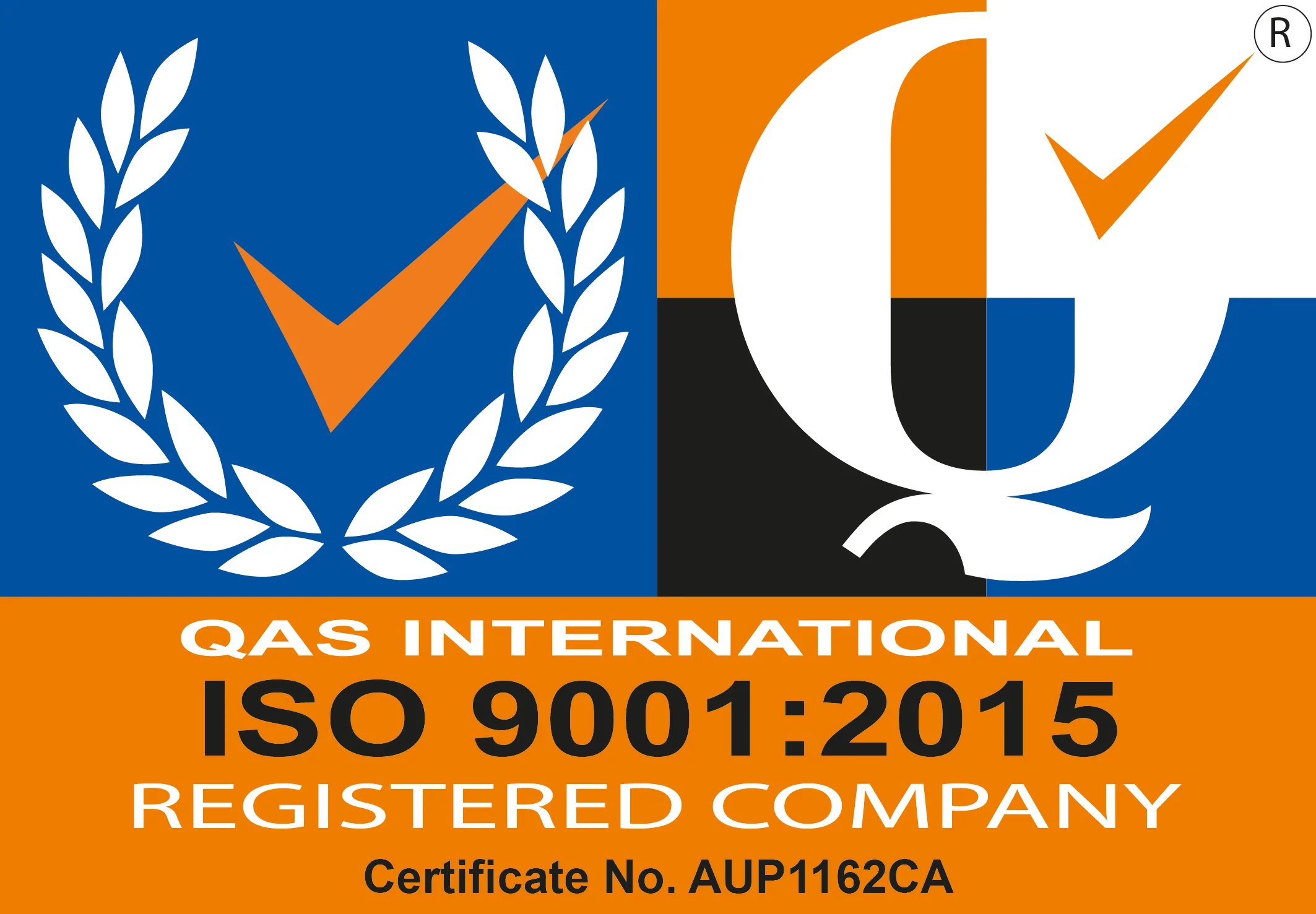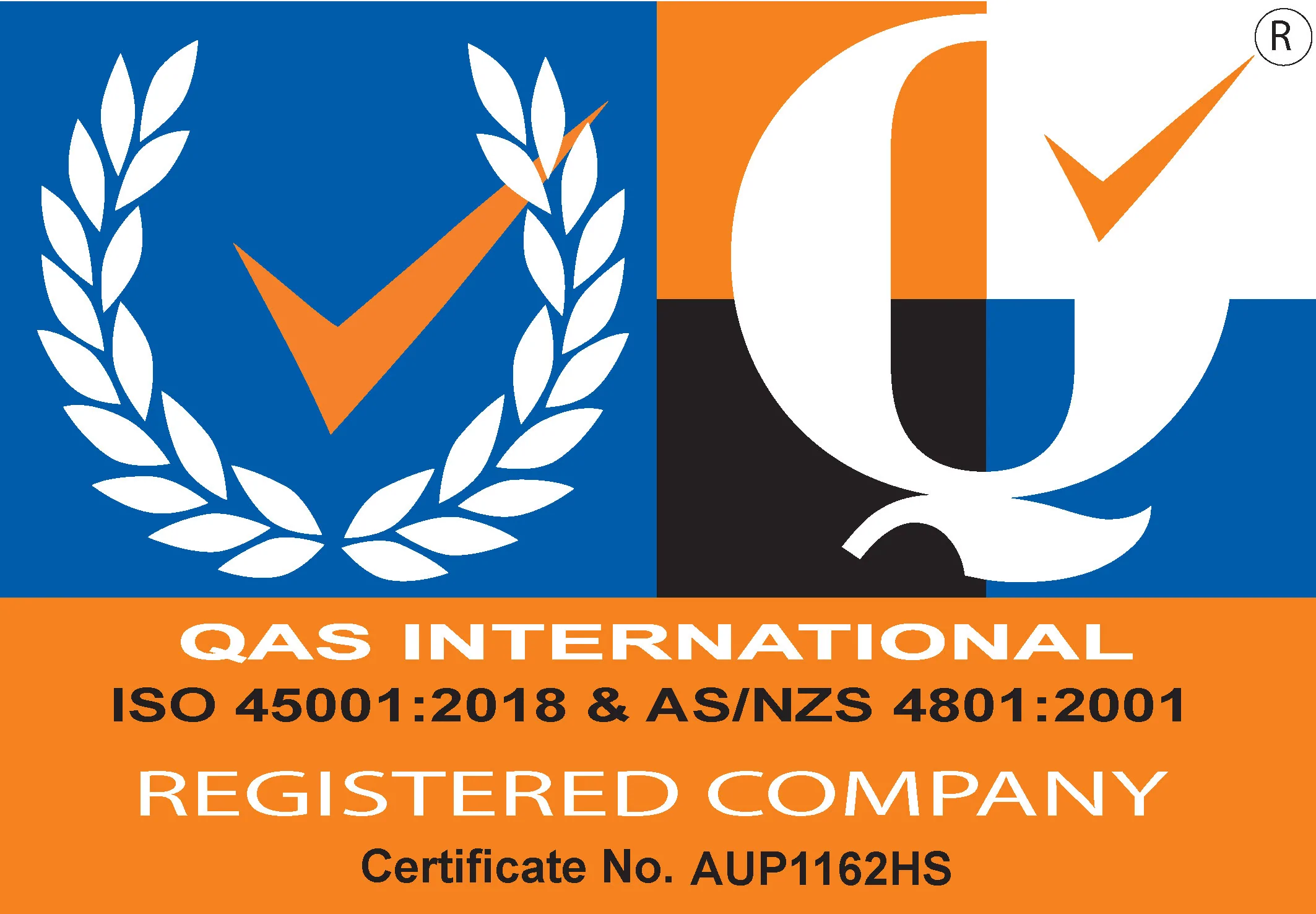Products / Electrical Conduit & Fittings / Electrical High Density Polyethylene Bore Pipe / Electrical HDPE Bore Poly Pipe
Convic Australia – Your Trusted Supplier for Quality Electrical Conduits
Ensure the safety, durability, and efficiency of your underground electrical installations with Convic Australia’s high-quality Electrical HDPE Bore Poly Pipe. Engineered for superior performance, our HDPE conduit offers unmatched flexibility and strength, making it the ideal choice for a wide range of electrical applications.
Our Electrical HDPE Bore Poly Pipe comes in a variety of sizes to suit different project requirements. Most sizes are supplied in long coils, except for the 180mm size, which is supplied in lengths due to its larger size:
At Convic Australia, we are committed to providing the highest quality electrical conduits that meet rigorous standards of safety and performance. Our Electrical HDPE Bore Poly Pipe is ideal for any underground project requiring dependable cable protection and management. We pride ourselves on our exceptional customer service and competitive pricing, ensuring your complete satisfaction.
Protect your underground electrical installations with Convic Australia’s Electrical HDPE Bore Poly Pipe. Contact us today to place your order or to learn more about our extensive range of electrical products.
Convic Australia – Your Partner in Electrical Solutions
Product Code |
Nominal Size (mm) |
Mean O.D. (mm) |
Mean I.D. (mm) |
Mean Wall (mm) |
SDR |
Weight (kg) |
Length (m) |
Bundle Quantity |
Pack Quantity |
| HDBORE63 | 63 | 63.3 | 53.3 | 5.0 | 13.6 | 123 | 140 | – | 1 |
| HDBORE110 | 110 | 110.5 | 93.3 | 8.6 | 13.6 | 264 | 100 | – | 1 |
| HDBORE125 | 125 | 125.6 | 106.1 | 9.8 | 13.6 | 340 | 100 | – | 1 |
| HDBORE140 | 140 | 140.7 | 118.9 | 10.9 | 13.6 | 426 | 100 | – | 1 |
| HDBORE160 | 160 | 160.8 | 135.9 | 12.5 | 13.6 | 445 | 80 | – | 1 |
| HDBORE160-100 | 160 | 160.8 | 135.9 | 12.5 | 13.6 | 556 | 100 | – | 1 |
Product Code |
Nominal Size (mm) |
Mean O.D. (mm) |
Mean I.D. (mm) |
Mean Wall (mm) |
SDR |
Weight (kg) |
Length (m) |
Bundle Quantity |
Pack Quantity |
| HDBORE110-12 | 110 | 110.5 | 93.3 | 8.6 | 13.6 | 32 | 12 | – | 19 |
| HDBORE110-8 | 110 | 110.5 | 93.3 | 8.6 | 13.6 | 21 | 8 | – | 19 |
| HDBORE125-12 | 125 | 125.6 | 106.1 | 9.8 | 13.6 | 41 | 12 | – | 17 |
| HDBORE125-8 | 125 | 125.6 | 106.1 | 9.8 | 13.6 | 27 | 8 | – | 17 |
| HDBORE140-12 | 140 | 140.7 | 118.9 | 10.9 | 13.6 | 51 | 12 | – | 15 |
| HDBORE140-8 | 140 | 140.7 | 118.9 | 10.9 | 13.6 | 34 | 8 | – | 15 |
| HDBORE160-12 | 160 | 160.8 | 135.9 | 12.5 | 13.6 | 67 | 12 | – | 13 |
| HDBORE160-8 | 160 | 160.8 | 135.9 | 12.5 | 13.6 | 45 | 8 | – | 13 |
| HDBORE180-12 | 180 | 180.9 | 152.8 | 14.1 | 13.6 | 85 | 12 | – | 11 |
| HDBORE180-8 | 180 | 180.9 | 152.8 | 14.1 | 13.6 | 56 | 8 | – | 11 |
* Custom lengths and SDRs available on request.
* Weights are averages for reference.
* Dimensions are approximate and may differ to what is supplied
Pressure Nominal (PN) |
Standard Dimension Ratio (SDR) |
Polyethylene (PE) |
| 12.5 | 13.6 | 100 |
The pressure rating of pipe (PN) is determined by the diameter, wall thickness, and material types and
is expressed as: PN – Pressure pipe rating at 20°C (MPa x 10)
The basic polyethylene (PE) material types used for pipe production are PE63, PE80 and PE100, the number indicating long term strength.
The term SDR, Standard Dimension Ration, is introduced to describe the pipe, in combination with the material type.
SDR = Min. OD/Min. Wall Thickness
The higher the SDR, the thinner the pipe, and the lower the pressure rating. AS/NZS 4130 uses a standard SDR series, in combination with the three material types, to provide standard pipe pressure ratings as shown in the table. The field conditions under which poly pipe is welded have a considerable effect on the strength of the joint. Any contamination of the weld, whether it be oxidised polyethylene, water, dust, oils etc can ruin joints.
Strong and Durable, the pipes are manufactured from PE-100 polyethylene resin, pre-compounded with black or coloured pigment. Anti-oxidants used in the compounding process inhibit oxidisation while the use of carbon black at a concentration of 2.25 ± 0.25% by mass ensures ultra violet radiation is absorbed.
Physical Properties of Polyethylene |
|
| PE material type | PE100 |
| MRS (50 year) | 10MPa |
| Flexural yield strength | 32MPa |
| Circumferential flexural modulus (3 minutes) | 950MPa |
| Circumferential flexural creep modulus (50 year) | 260MPa |
| Density Tensile yield stress (50mm/min) | 955kg/m3 25MPa |
| Tensile yield strain (50mm/min) | 10% |
| Tensile modulus | 900MPa |
| Poisson’s ratio Thermal expansion coefficient | 0.4 1.8 x 104 /°C |
| Thermal conductivity | 0.38W/m.K |
| Durometer hardness (ASTMD2240) | 63 Shore D |
It is important to be aware of the thermal properties of polyethylene pipe, especially when used in conjunction with steel. This is because polyethylene, by nature of its material properties, expands and contracts with temperature change much more than steel.
At ambient levels, polyethylene will expand or contract in the range of 1.2 to 2.4 x 10-4 per degree C, which is approximately 20 times the rate of steel. If restrained by a steel support structure, expansion will be restricted and stress will occur over time. This will reduce the pipe’s useable life.
A safe level of stress can be maintained when the ambient temperature fluctuation is less than 40°C, due to polyethylene’s relatively low tensile deformation modulus. Over time, the rigidity of the polyethylene will relax, enabling it to accommodate higher thermal strains.
Conductivity of polyethylene also varies with temperature, almost linearly and typically 0.47W/m L at 0°C to 0.37W/m K at 70°C. The heat of polyethylene will vary with temperature from 1800 Joules/kg.K at 0°C to 2200J/kg.K at 60°C.
At temperatures above 25°C, it is essential to reiterate polyethylene pressure pipe systems.
See below table for guidance on the maximum operating pressure of PE100 pipes at temperature. Note, at constant temperatures greater than 40°C, the pipe’s 50 year design life may be reduced.
Maximum Allowable Operating Pressure – PE100 |
|||
| Temp oC | Min Life (yr) | Design Factor | PN12.5 SDR 13.6 |
| 20 | 100 | 1 | 127 |
| 25 | 100 | 1.1 | 115 |
| 30 | 100 | 1.1 | 115 |
| 35 | 50 | 1.2 | 106 |
| 40 | 50 | 1.2 | 106 |
| 45 | 35 | 1.3 | 99 |
| 50 | 22 | 1.4 | 91 |
| 55 | 15 | 1.4 | 91 |
| 60 | 7 | 1.5 | 85 |
| 80 | 1 | 2 | 63 |
NOTE: Testing has shown that the potential minimal usable life of polyethylene
pipe meets standards for maximum pipe life set by ISO9080.
AS/NZS 4130
366/368 Settlement Road
Thomastown Vic 3074 Australia
Ph: (03) 9464 1655
sales@convicaustralia.com.au


